Key takeaways from the Panel Discussion ‘Biodiversity and Crafts: A Conservation Connection’, October 18, 2023.
Speakers
Monisha Ahmed, co-founder of Ladakh Arts and Media Organisation, Leh
Rituraj Dewan, co-founder, 7Weaves, Assam
Brij Ballabh Udaiwal, Sanganer-based fifth-generation block printing artisan-entrepreneur
Moderator: Surucchi Khubchandani, Crafts Consultant
1. Traditional Knowledge and Sustainable Practices
The cultural heritage of artisan communities has long co-existed with the well-being of their environment, recognizing the critical role of biodiversity conservation.
New sustainable enterprises should harness the unique aspects of their regions and the wisdom of tradition for a fair and balanced development.
Human economies need not result in degradation of either environment or human well-being.
2. Economic Progress and Ecological Balance
The craft industry, dependent on local resources, faces challenges from climate changes and human interventions that threaten biodiversity. Eg. Muga silk cultivation is facing threat due to adverse effects of new monoculture plantation culture in the forest region of Assam.
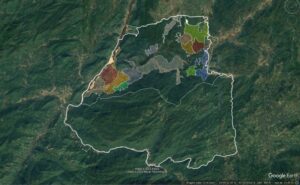

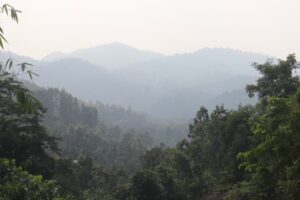

Development initiatives are more than often delinked from regenerative capacity of the ecosystem. Monoculture farming, alterations in livestock management practices, and the establishment of energy plants in pristine environment zones present enduring risks of ecological imbalance.
Installing fences and solar power plants in Ladakh is shrinking grazing areas for native species like wild ass, which play a vital role in fertilizing the land and supporting pashmina goat and sheep grazing.
Immediate climate driven impacts are also apparent. Rise in temperature and erratic rains in Assam is reducing the number of Eri silk cycles annually posing livelihood challenges for silk rearers.
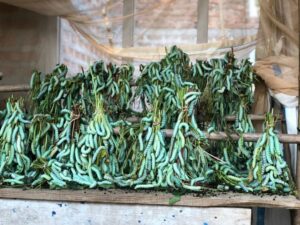

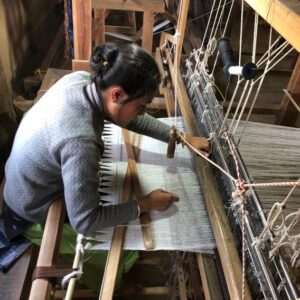

Economies of Scale: When the craft production scales up, so does its exertion on natural resources which stresses the regional ecology. The block printing cluster of Sanganer, Rajasthan is a case in point.
Brij Ballabh Udaiwal, a Sanganer-based fifth generation artisan shared that majority of screen printing and hand block printing enterprises use synthetic or a combination of synthetic and azo-free dyes. Unsafe disposal of effluents and toxic water has led to aquatic disruption as well as adverse effect on artisans and public health as they consume agriculture produce grown using polluted water. Ground water scarcity is another growing concern.
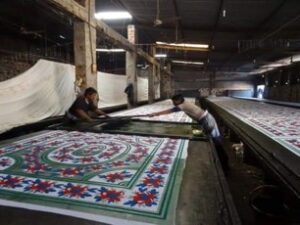

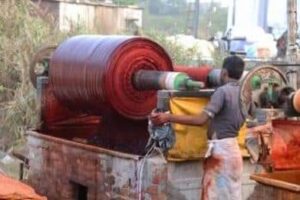

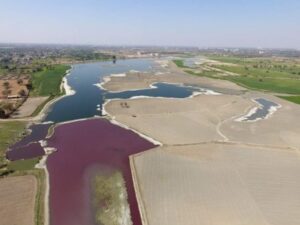

3. Sustainability and Value Creation
Global markets increasingly demand adherence to environmental and social standards (ESG), necessitating micro, small, and medium enterprises to align with these expectations to access international markets.
Within the country, National Green Tribunal (NGT) is imposing restrictions on businesses with high-carbon footprint.
Example, 7Weaves, an Assam based social enterprise works with Eri silk, one of the most consciously produced fibres of the world. Through the matrix of material sustainability, ESG compliance and biodiversity conservation, it has been successful in creating a global market for itself.
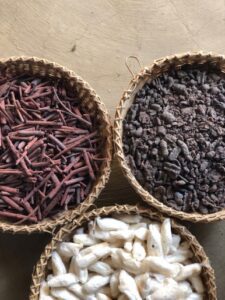

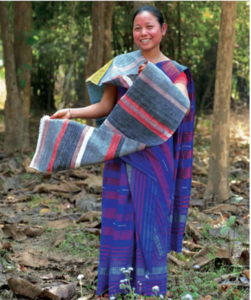

Translating climate-positive actions into the global sustainability language, such as ESG compliance, can not only boost global appeal of crafts but also catalyze the preservation of both cultural and biological diversity.
4. Inclusive Decision-Making, Partnerships, and Knowledge Sharing
Prioritizing a bottom-line development approach is essential, and decision-makers must consider the needs of marginalized communities. For instance, ensuring education and healthcare for nomadic Pashmina pastoralists in Changthang, Eastern Ladakh, can improve their quality of life, prevent migration and preserve cultural sustainability.




Encouraging practices like mosaic plantation to support native ecosystems, such as muga, eri silk, bamboo, and regional flora and fauna conservation is beneficial.
Fostering diverse resource bases in the region is crucial than fixating on a single material. For instance, in the Changthang region, alongside pashmina silk, investing into native resources like wool and yak hair is vital. This approach helps rectify grazing imbalances, sustain traditional skills, and preserve the rich tapestry of native cultures.
Civil Society Organizations (CSOs) with effective models, such as adopting natural dyes and water recycling systems, should facilitate connections between communities, resource institutions, knowledge centers, financial resources, and the government.
Pilots – We need a knowledge bank on achieving climate-resilient value chains as well as models and solutions that can be picked up, multiplied, and scaled by other stakeholders.
Further reading:
Changes in local climate impact Kachchh’s traditional crafts and craftspeople
Achieving, Assessing and Communicating Sustainability, A manual towards branding the Vietnamese handicraft sector
Responsible Wool Standard 2.1, Textile Exchange
Sanganer Textile and Dye Industries Causing Serious Environmental Pollution – (ijtsrd.com)
The Climate Dictionary by UNEP
Reach the Panelists:
Monisha Ahmed – ahmed.monisha@gmail.com
Rituraj Dewan – rituraj@7weaves.com
Brij Ballabh Udaiwal – shilpi.brij@gmail.com